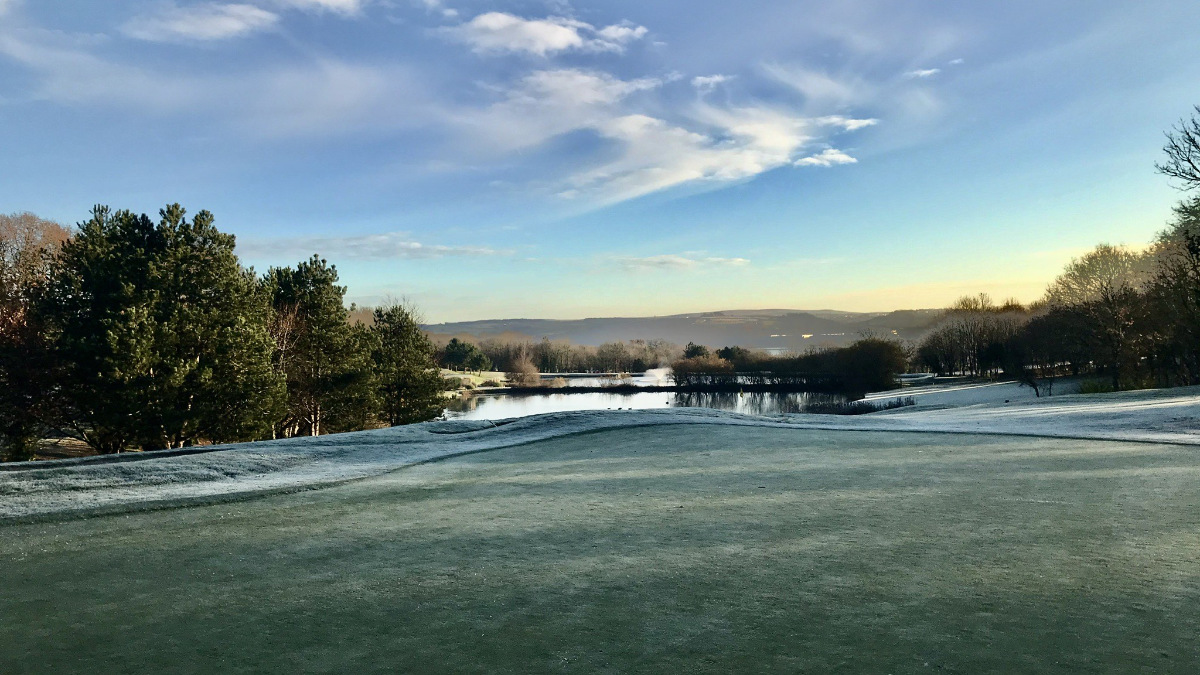- Homepage
- News and Features
- How does a downland course come out of winter in good shape?
How does a downland course come out of winter in good shape?

Water and winter isn’t usually a good mix. It normally means wet playing conditions. But that isn’t a worry for the team at Harleyford.
Courses don’t come much drier than the chalk downland, which is European Tour star Tyrrell Hatton’s home course.
For Craig Earnshaw, course manager at the Buckinghamshire layout, that brings a different kind of challenge during the winter months.
“We’re looking at trying to protect as much as we can so we have got grass cover for the winter,” he said. “We know we are going to be in play all winter round so it is about trying to get everything as strong as we can.
“We are trying to keep our feed levels up and keep growth.
“We do a lot of roping off and traffic control and, even though we don’t get wet, if we didn’t do that we would get ‘goat tracks’ where people walk all the time. We need to control our traffic as much as we can.”
Harleyford’s dry conditions, though, come with big benefits. While many courses work to a tight window to get their winter construction projects finished before the worst of the weather, they often don’t begin at Harleyford until January and even February.
“At least then we know we are going to be dry enough to carry on with those projects, where a lot of the wetter courses will struggle and have to get their projects done earlier,” Earnshaw added.
And with predominantly fescue grasses on the fairways and semi-rough, they aren’t concerned either about getting early season growth.
“Usually we have enough moisture to keep us going through those times. The areas that have been moved around a bit more during construction probably have a bit more of the ryegrass which we need to keep on top of.
“But that’s just nutrition, being selective with where and when we feed is massively important on this site.
“Being a downland we also like the yellow tinge (in the grass) coming out of winter that some courses probably wouldn’t like. It’s quite nice having that effect.
“We do apply some feed and some iron to green the fairways up but generally we do come out of winter with a slight yellow tinge.”
In fact, where many of their peers worry about the colder weather, it’s actually when the sun is at its hottest that Earnshaw and his team can suffer a headache.
He added: “Where we probably struggle more is through the summer. We are so dry. This year, after the heatwave we have had, we will lose grass cover in certain areas.
“So we will be sowing fescue back into our fairway areas. We also have ryegrass and, if we’ve lost any of that, we will be sowing fescues back in so we can get to that point where they will look after themselves going through the winter again.”
This article was first published in Your Course by the British & International Golf Greenkeepers Association, which aims to inform golfers about what it takes to maintain a modern golf course.
Author

